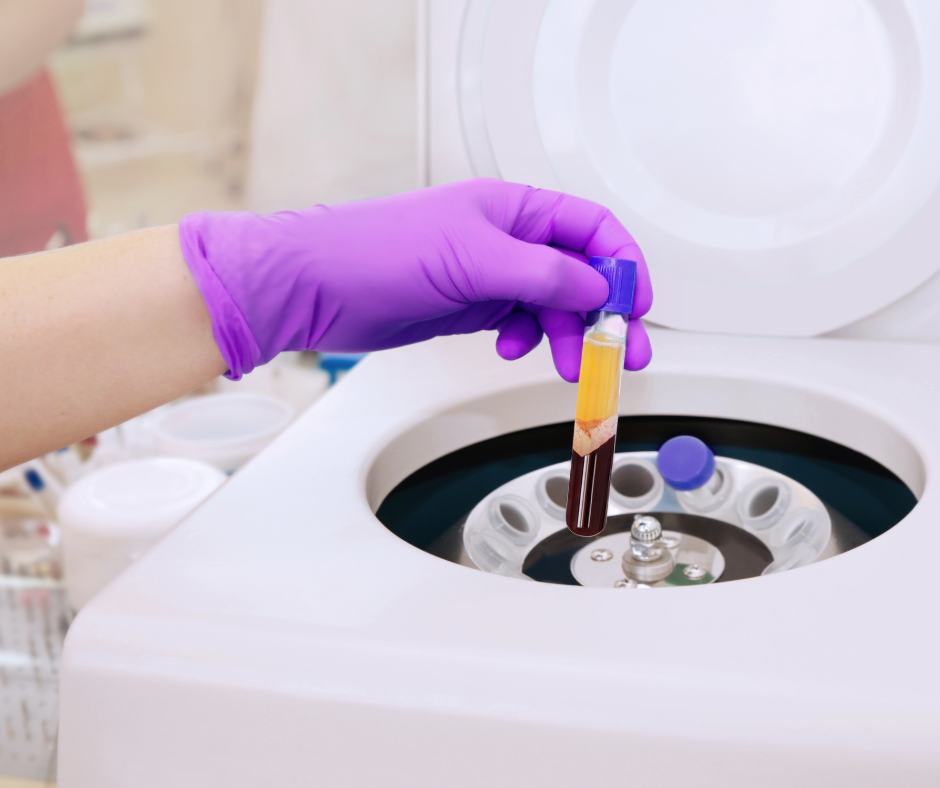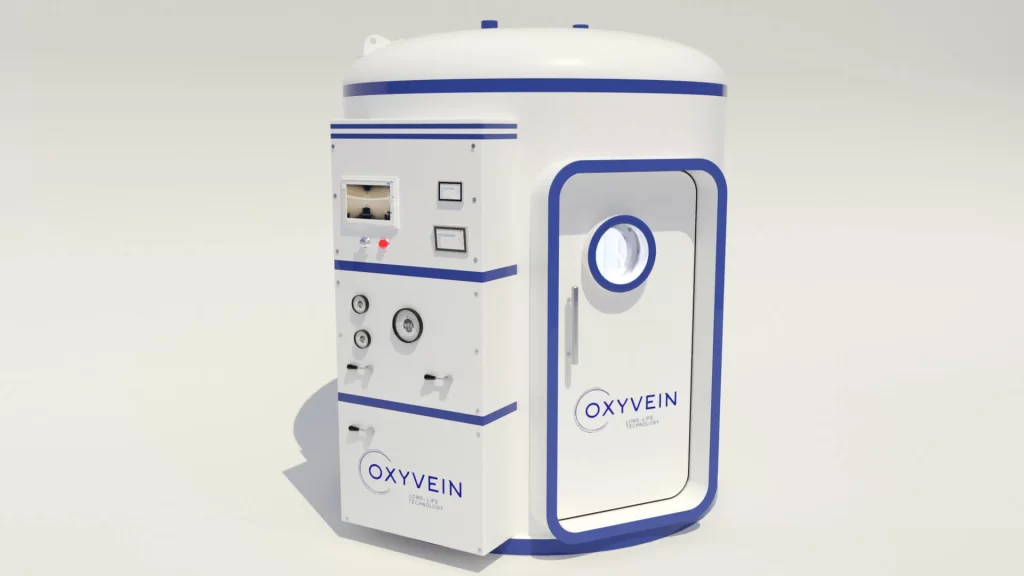
In the world of modern medicine, there is an increasing emphasis on regenerative treatment methods that use the body’s own resources to accelerate recovery. One of the most prominent methods in this approach is PRP therapy (Platelet-Rich Plasma), which has been increasingly used in orthopedics in recent years.
PRP therapy uses plasma derived from the patient’s own blood, enriched with platelets—blood cells containing numerous growth factors essential for tissue regeneration. The procedure involves drawing a small amount of blood from a vein, centrifuging it to separate the platelet-rich plasma, and then injecting this plasma under ultrasound guidance into the injured or painful area.
This method stimulates the natural healing process, speeds up tissue regeneration, reduces pain, and restores function without the need for invasive procedures or medications.
PRP therapy has been used in medicine since the 1980s, initially in dentistry and surgery. However, it entered orthopedics in the late 1990s and early 2000s, when doctors began noticing excellent results in treating sports injuries, chronic tendon inflammation, and degenerative joint changes. Today, PRP therapy is considered a standard approach in many orthopedic cases worldwide.
PRP therapy is most commonly used for:
Most patients can be candidates for PRP therapy, but a medical examination is essential. Therapy is not recommended for individuals who have:
A thorough medical history and diagnostics are conducted before treatment to assess whether PRP therapy is the best option for the patient.
The entire procedure takes approximately 45 minutes to an hour.
In most cases, one to three applications spaced several weeks apart are sufficient. Frequency depends on the severity of the injury and patient response to therapy. Results often begin to be felt within 2 to 6 weeks, with improvements lasting for months.
For most patients, the effects of PRP therapy can last from six months to several years, depending on the type of injury, age, general health, and lifestyle. The therapy can significantly delay or even prevent the need for surgery, especially in milder degenerative changes.
Several high-quality studies confirm the effectiveness of PRP in orthopedics:
These studies confirm that PRP is not just a trend but a serious and effective therapeutic option in modern orthopedics.
At our Polyclinic, PRP therapy consultations and treatments are conducted by Dr. Milošević, a respected orthopedic specialist from Poliklinika Ribnjak, known for his expert approach and extensive experience in treating sports injuries and degenerative joint conditions. Dr. Milošević has successfully treated numerous professional athletes and recreational sports enthusiasts, and is known for his individualized patient approach.
Thanks to evidence-based methods, experience, and high expertise, Dr. Milošević provides therapy that is effective, safe, and tailored to each individual.
For more information or to schedule a consultation, please contact us. Your recovery can start today—naturally, with PRP therapy and the support of our expert team.
Note: This content is for informational purposes only and does not constitute medical advice or replace consultation with a qualified healthcare professional.
Contact phone
Mobile phone

The first and only medical device of its kind in Croatia – this chamber represents the pinnacle of efficiency and comfort in therapy. It is designed to support the treatment of complex health conditions, as well as to enhance the body’s resilience and endurance.
Starting next month, you can personally experience its benefits and recommend it to those who matter most to you.